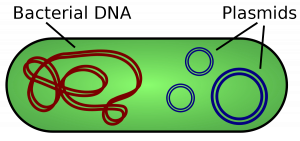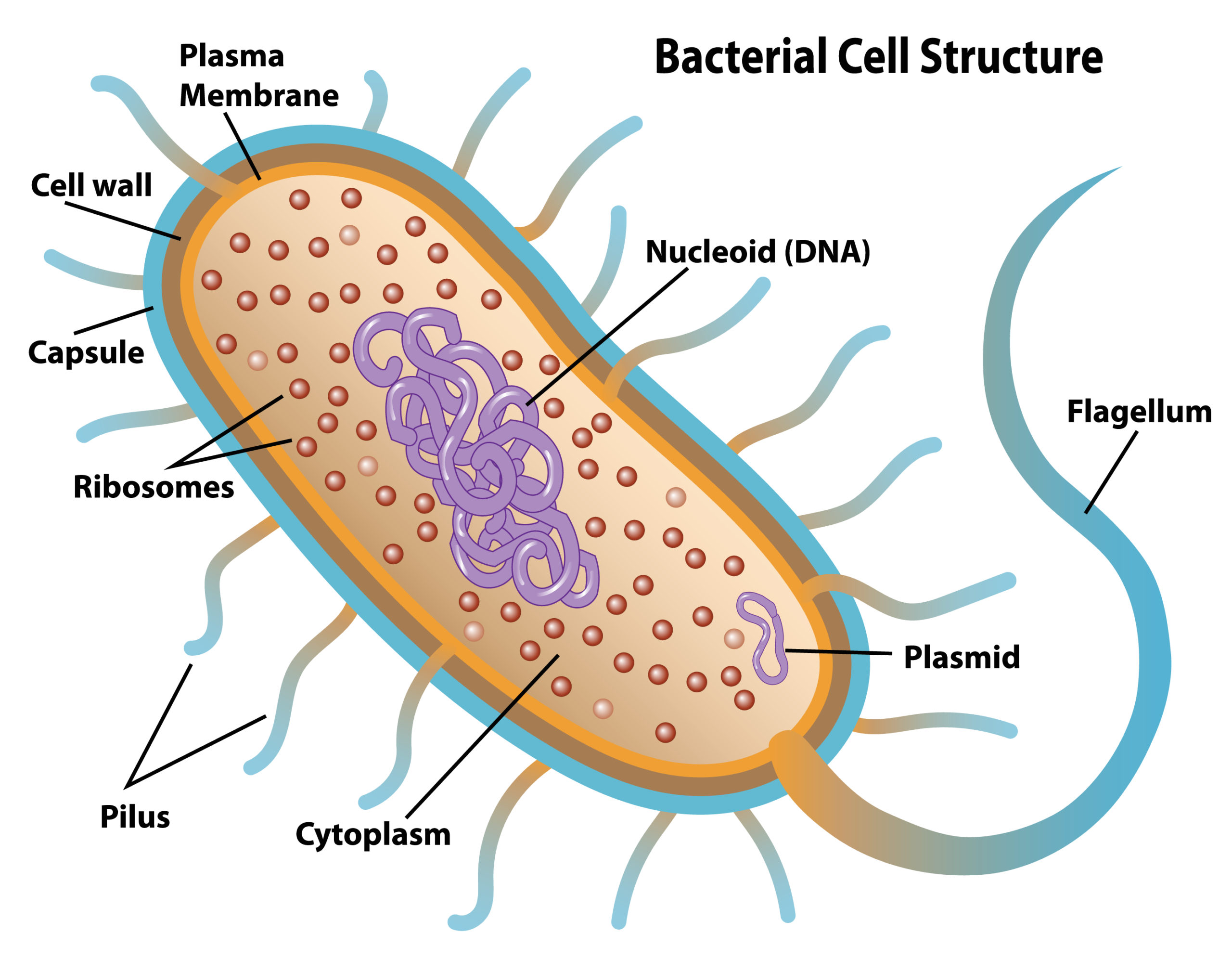Description
Plasmid, in microbiology, an extrachromosomal genetic element that occurs in many bacterial strains. Plasmids are circular deoxyribonucleic acid (DNA) molecules that replicate independently of the bacterial chromosome. They are not essential to the bacterium but may confer a selective advantage. One class of plasmids, colicinogenic (or Col) factors, determines the production of proteins called colicins, which have antibiotic activity and can kill other bacteria. Another class of plasmids, R factors, confer antibiotic resistance to bacteria. Some Col factors and R factors can be transferred from one cell to another and are therefore able to spread rapidly through a bacterial population.
A genprice plasmid that is attached to the cell membrane or integrated into the bacterial chromosome is called an episome (q.v.). Plasmids are extremely valuable tools in the fields of molecular biology and genetics, specifically in the area of genetic engineering (q.v.). They play a critical role in procedures such as gene cloning, recombinant protein production (eg, human insulin), and gene therapy research. In such procedures, a plasmid is cut at a specific site(s) using enzymes called restriction endonucleases. Then a foreign DNA element (such as the insulin gene) is spliced onto the plasmid.
The resulting circular structure, a recombinant DNA molecule, is then introduced into bacterial cells (a process called transformation). Autonomous replication of the plasmid within bacterial cells makes it possible to produce large numbers of copies of the recombinant DNA molecule for experimental manipulation or commercial purposes (such as the production of large amounts of insulin). Plasmids are well suited to genetic engineering in other ways. Its antibiotic resistance genes, for example, are useful for identifying those bacterial cells that have taken up the recombinant DNA molecule in a high background of untransformed cells (transformation frequencies are only about 1 in 100,000 cells).

What is a plasmid?
At their most basic level, plasmids are small circular pieces of DNA that replicate independently of the host’s chromosomal DNA. They are found primarily in bacteria, but also exist naturally in archaea and eukaryotes such as yeasts and plants. In nature, plasmids provide one or more functional benefits to the host, such as antibiotic resistance, degradative functions, and/or virulence. All natural plasmids contain an origin of replication (which controls the host range and copy number of the plasmid) and typically include a gene that is advantageous for survival, such as an antibiotic resistance gene.
In contrast, plasmids used in the laboratory are often man-made and designed to introduce foreign DNA into another cell. At a minimum, laboratory-created plasmids have an origin of replication, a selection marker, and a cloning site. The ease of modifying plasmids and the ability of plasmids to self-replicate within a cell makes them attractive tools for life scientists or bioengineers.
How is a plasmid built in the laboratory?
Due to their artificial nature, laboratory plasmids are commonly called “vectors” or “constructs”. To insert a gene of interest into a vector, scientists can use one of several cloning methods (restriction enzyme, ligation-independent, Gateway, Gibson, etc.). The cloning method is ultimately chosen based on the plasmid you want to clone into. Regardless, once the cloning steps are complete, the vector containing the newly inserted gene is transformed into bacterial cells and selectively grown on antibiotic plates. Importantly, because the bacteria from which plasmids are isolated grow rapidly and produce more plasmids as they grow, scientists can easily produce large numbers of plasmids to manipulate and use in further work.

